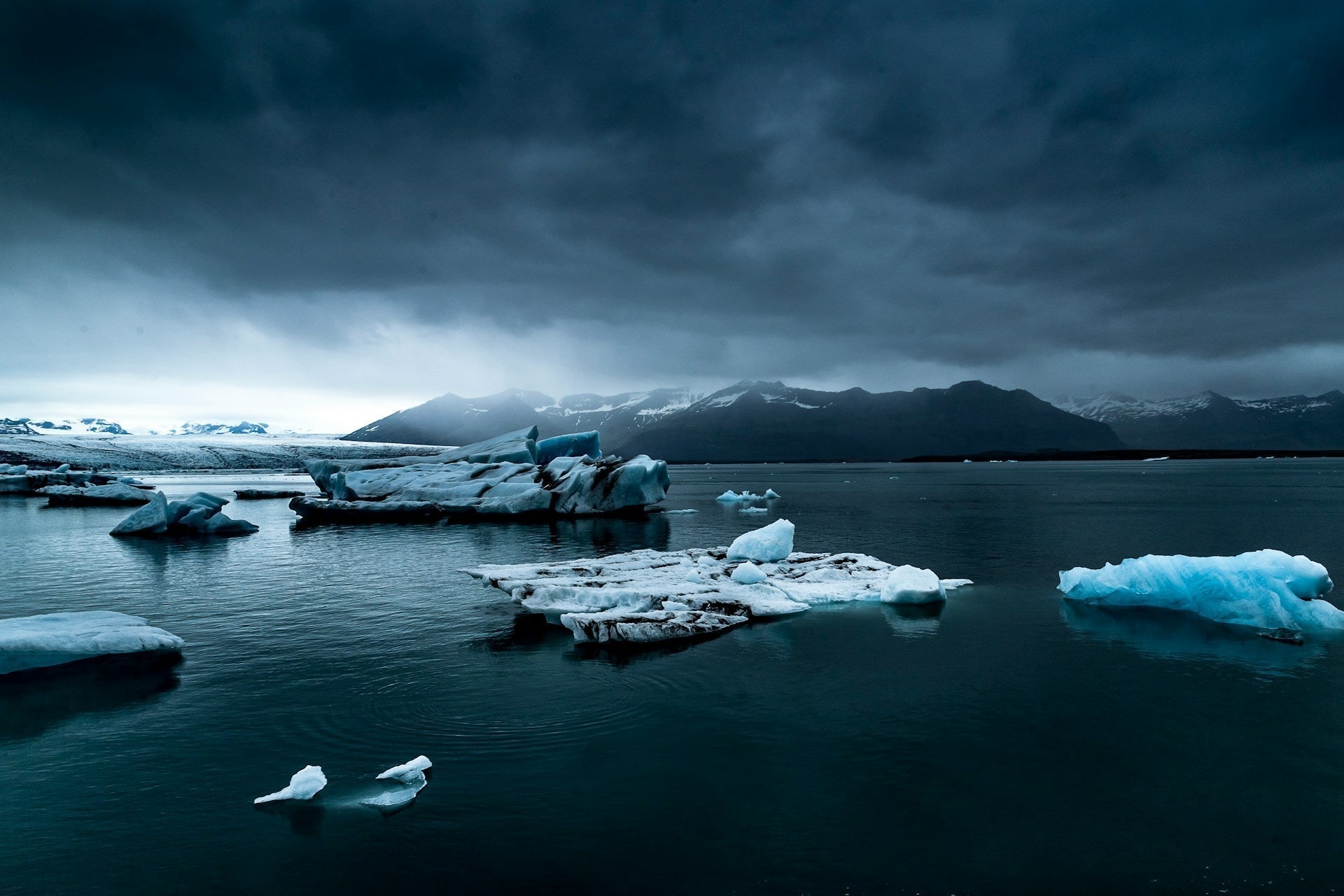
World Water Day 2025: The Urgent Need for Preserving Glaciers
As climate change accelerates, the preservation of natural resources is more critical than ever. The theme for World Water Day 2025 highlights the importance of protecting our frozen reservoirs—glaciers. These ice formations play an essential role in maintaining global water supplies, sustaining ecosystems, and regulating climate patterns. Without significant efforts to slow their rapid decline, the consequences could be severe.
What Are Glaciers and Why Do They Matter?

Glaciers are massive formations of ice and snow that have accumulated over thousands of years. Found in polar regions and high-altitude mountains, they slowly move under their own weight, shaping landscapes and feeding rivers.
The Role of Glaciers in Our Ecosystem
-
Water Source: Glaciers store nearly 70% of the world’s freshwater. Their meltwater supplies drinking water, supports agriculture, and sustains hydroelectric power generation.
-
Climate Regulation: These frozen reservoirs help stabilize temperatures, reflecting sunlight and reducing atmospheric heat.
-
Ecosystem Balance: Glacial meltwater carries essential nutrients into lakes, rivers, and oceans, supporting aquatic life and entire ecosystems.
Despite their importance, glaciers are rapidly melting due to climate change, leading to severe environmental consequences.
Why Are Glaciers Melting Faster Than Before?

The Earth's rising temperatures are causing glaciers to melt at an unprecedented rate. A study by the University of Zurich revealed that glaciers worldwide have lost over 9 trillion tons of ice between 1961 and 2016, contributing to a global sea-level rise of 27 millimeters during that period. The World Wildlife Fund predicts that over a third of all glaciers could disappear by 2100 if immediate action is not taken.
Causes of Glacier Melting
- Greenhouse Gas Emissions: The burning of fossil fuels, industrial activities, and deforestation release carbon dioxide and other greenhouse gases, trapping heat and warming the planet.
- Ocean Warming: Oceans absorb 90% of Earth's excess heat, leading to the melting of marine glaciers, especially near the poles.
- Deforestation: The loss of forests reduces carbon absorption, worsening climate change and accelerating glacier retreat.
The Impact of Glacier Melting
- Water Shortages: Millions of people rely on glacial meltwater for drinking and irrigation. As glaciers shrink, regions like Central Asia and South America face severe water shortages, impacting food production and livelihoods.
- Rising Sea Levels: As glaciers melt, sea levels rise, threatening coastal cities and small island nations. Increased flooding, storm surges, and land loss are becoming more frequent concerns.
- Unstable Weather Patterns: Glacial retreat disrupts weather systems, leading to extreme conditions such as droughts, floods, and landslides. Changes in meltwater flow can also impact hydroelectric power generation.
The Need for Preserving Glaciers

On World Water Day 2025, the message is clear—preserving glaciers is essential for the future. Scientists believe that while significant ice loss has already occurred, action can still be taken to slow or prevent further melting.
Solutions to Protect Glaciers
- Reduce Carbon Emissions: Shifting to renewable energy, promoting energy efficiency, and reducing reliance on fossil fuels can slow climate change.
- Reforestation Efforts: Planting trees helps absorb CO2 and stabilize mountain environments, preventing rapid glacier loss.
- Sustainable Water Management: Governments must implement policies to conserve water and manage glacier-fed resources efficiently.
- Technological Innovations: Proposals like artificial icebergs and glacier-thickening techniques may provide solutions for slowing ice loss
- Public Awareness and Action: Engaging communities, businesses, and policymakers in conservation efforts is key to long-term sustainability.
Glaciers and Agriculture
In regions such as Central and West Asia, 30-60% of water comes from snow and glaciers. As glaciers retreat, water supplies become unpredictable, disrupting agriculture and food production. Farmers already facing water scarcity will experience even greater challenges if preserving glaciers is not prioritized.
Preserving glacial water is essential, both during storage and use. When water remains stagnant, it loses its vital properties, which can impact crop yield and overall plant health. If you’ve noticed a decline in your harvest or the well-being of your crops, the quality of water could be a significant factor.
Jiva Water provides an innovative solution. Our biomimicry-based water devices restore water’s natural energy, enhancing its properties to better support agricultural fields. By improving water’s ability to nourish crops and sustain ecosystems, Jiva Water helps optimize water usage for more efficient and productive farming.
By promoting water conservation and reducing dependence on excessive extraction, our technology aligns with global efforts to protect vital water sources, including glaciers and freshwater reserves. Preserving the integrity of water today means safeguarding its availability for future generations.
Is Glacier Water Safe to Drink?

Exploring glaciers offers a unique opportunity to experience nature's purity firsthand. Rapper and actor Ludacris recently highlighted this by drinking meltwater directly from Alaska's Knik Glacier, describing it as the "best tasting water" he's ever had.
While glacial water is often pristine, ensuring its purity before consumption is important. If you're drinking bottled glacier water and worry about disrupting its natural essence, simply pass it through a Jiva Water device. Our technology revitalizes the water, restoring its essential energy so you can experience glacier water as nature intended—pure, vibrant, and full of life.
How You Play a Role in Glacier Preservation
Every person has a part to play in protecting the planet’s frozen water reserves. Here’s how you can contribute:
-
Reduce your carbon footprint by using public transportation, conserving energy, and supporting clean energy initiatives.
-
Spread awareness about the importance of glacier preservation.
-
Support conservation programs and organizations working to combat climate change.
-
Choose sustainable products that minimize environmental impact.
Conclusion

World Water Day 2025 serves as a reminder that water security depends on preserving glaciers. The actions we take today will determine the future availability of freshwater, the stability of ecosystems, and the overall health of our planet.
This year, let’s make a commitment to protect our glaciers. Whether through advocacy, conservation efforts, or lifestyle changes, we must act now to ensure that these vital ice reserves remain for generations to come.



